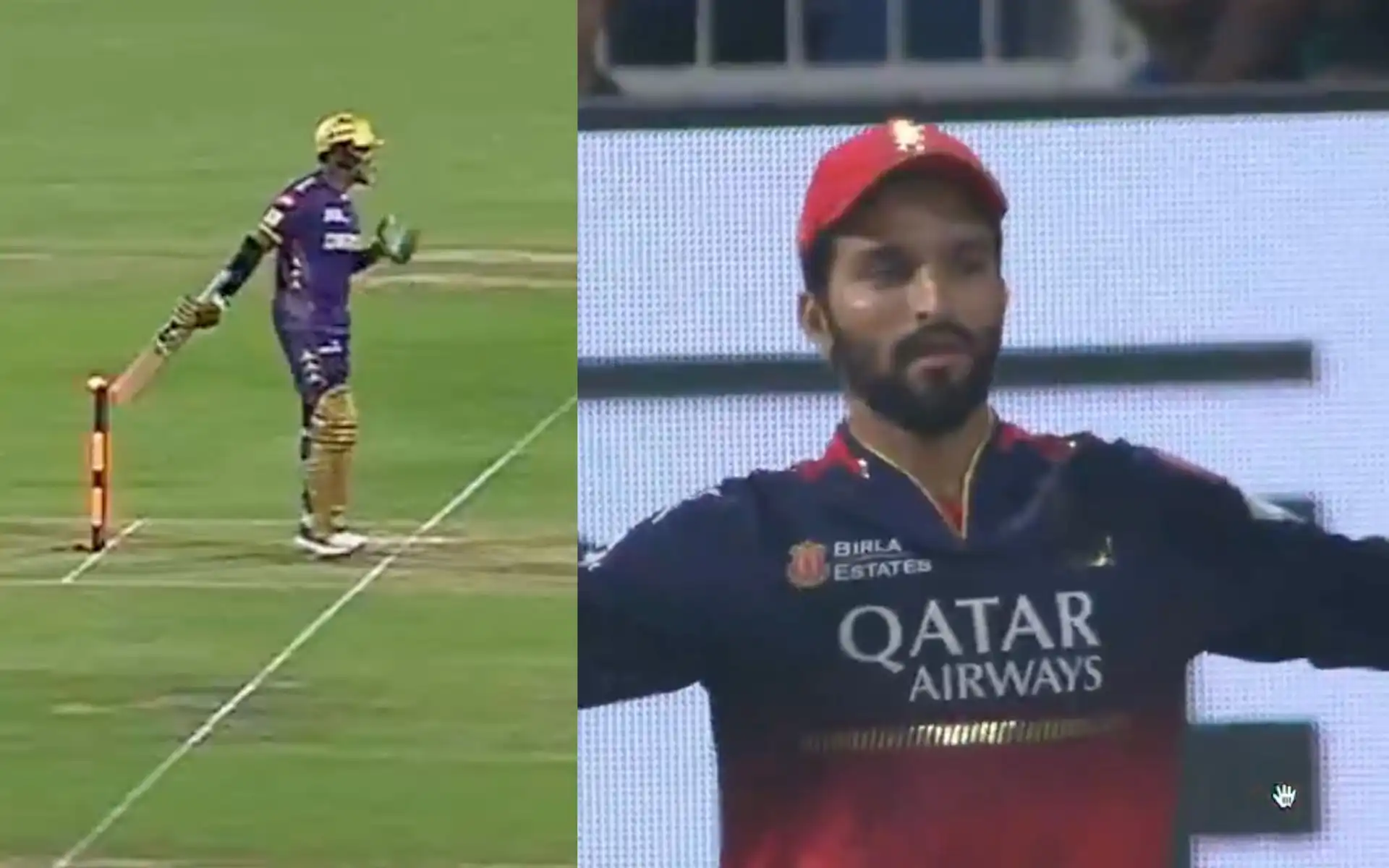
Why Sunil Narine Was Given Not Out Despite Bat Clipping the Bail
Alright, let's talk about a moment that left everyone at Eden Gardens—and IPL fans worldwide—completely baffled. Sunil Narine, the explosive opener for Kolkata Knight Riders, found himself at the center of a controversial decision during KKR’s match against Royal Challengers Bengaluru on March 22, 2025. Now, picture this: it’s the eighth over of the innings, Narine swings his bat at a wide delivery from Rasikh Salam, and in his follow-through, his bat clips the stumps. One of the bails falls off, RCB players appeal, and everyone is waiting for the third umpire’s decision. And then, to everyone’s shock—NOT OUT!
Social media erupted, commentators debated furiously, and even the RCB fielders, including Virat Kohli and Tim David, were seen in utter disbelief. So, what exactly happened here? Why wasn’t Narine given out, even though it looked like a textbook hit-wicket dismissal?
Also Read:- Fernandez vs. Ashlyn Krueger - A High-Stakes Miami Open Showdown
- Barnsley FC Chairman Neerav Parekh Opens Up on Key Issues
Well, the answer lies in the Marylebone Cricket Club (MCC) laws, particularly Law 35.2. According to this rule, a batter is not out if the hit-wicket incident happens after the striker has completed any action related to receiving the ball. Since Narine had already swung at the delivery and the ball had been declared a wide, his follow-through—which caused the bail to fall—was not considered part of the actual shot. In simpler terms, the ball was officially dead as soon as the umpire signaled a wide, meaning that Narine's contact with the stumps didn't count as a dismissal.
Interestingly, this wasn’t the first time cricket witnessed such an incident. Back in 2021, Zimbabwe's Brendan Taylor faced a similar situation, but in his case, the on-field umpires ruled him out. The difference? The interpretation of when the ball was truly “dead.” That decision sparked controversy too, proving once again how the laws of cricket can sometimes be open to different interpretations.
Despite the uproar, the decision stood, and Narine went on to score 44 runs before eventually being dismissed by Salam in the 10th over. This moment, however, will be remembered not just for Narine’s explosive batting but also as yet another example of how the smallest details in cricket laws can make all the difference in high-stakes matches like the IPL.
So, what do you think? Was the umpire’s call fair, or should Narine have been given out? Either way, one thing’s for sure—this incident has added another intriguing chapter to IPL’s history of dramatic moments!
Read More:


0 Comments